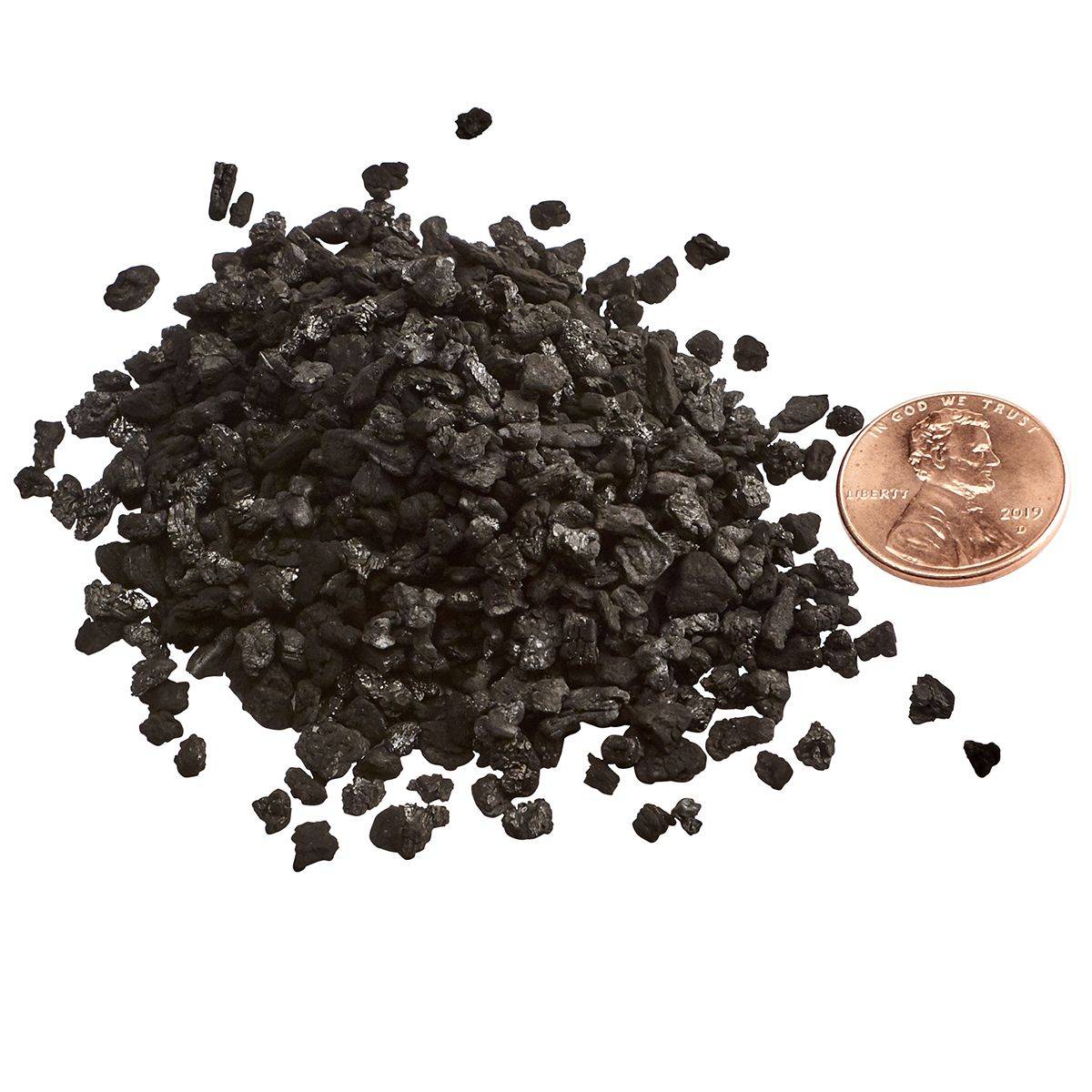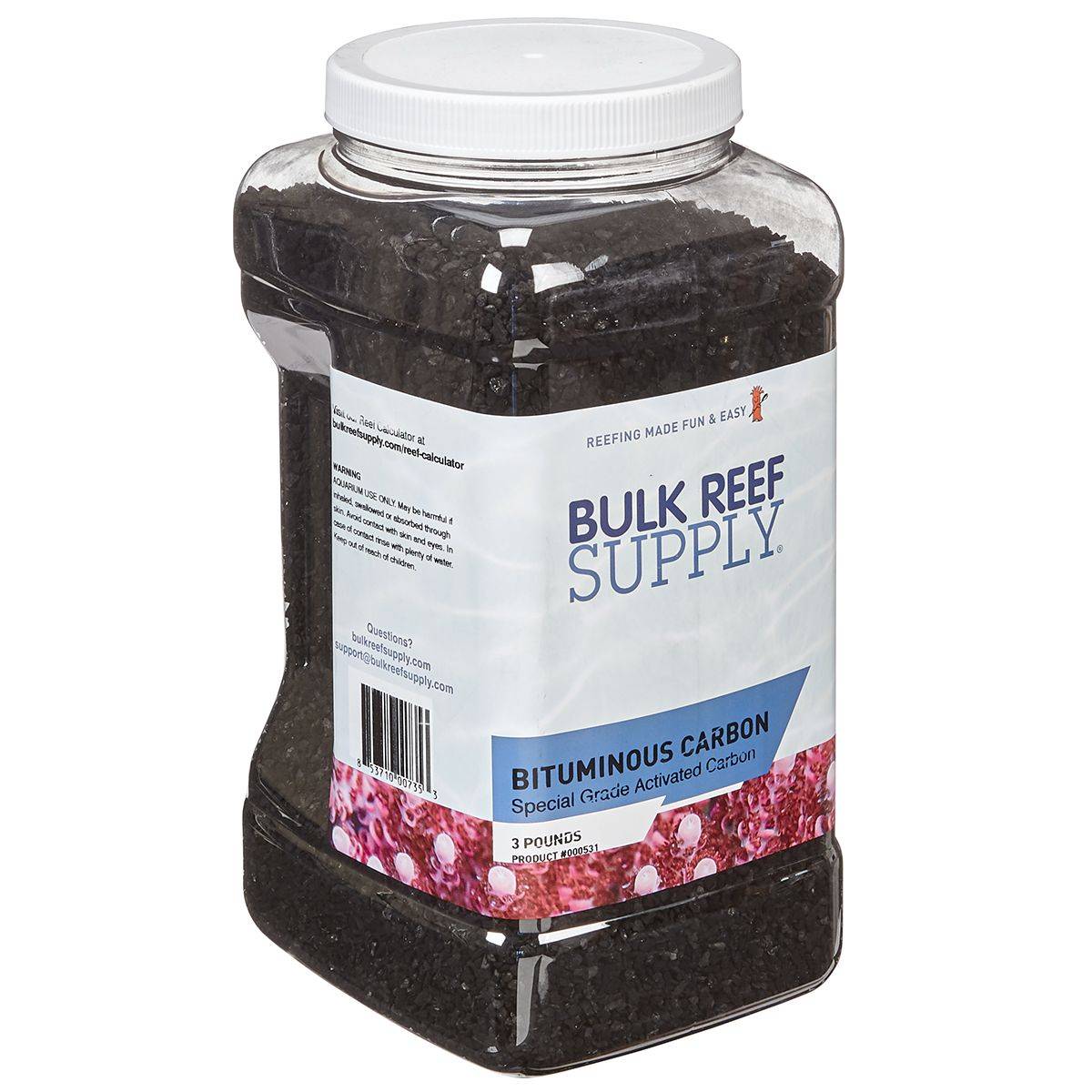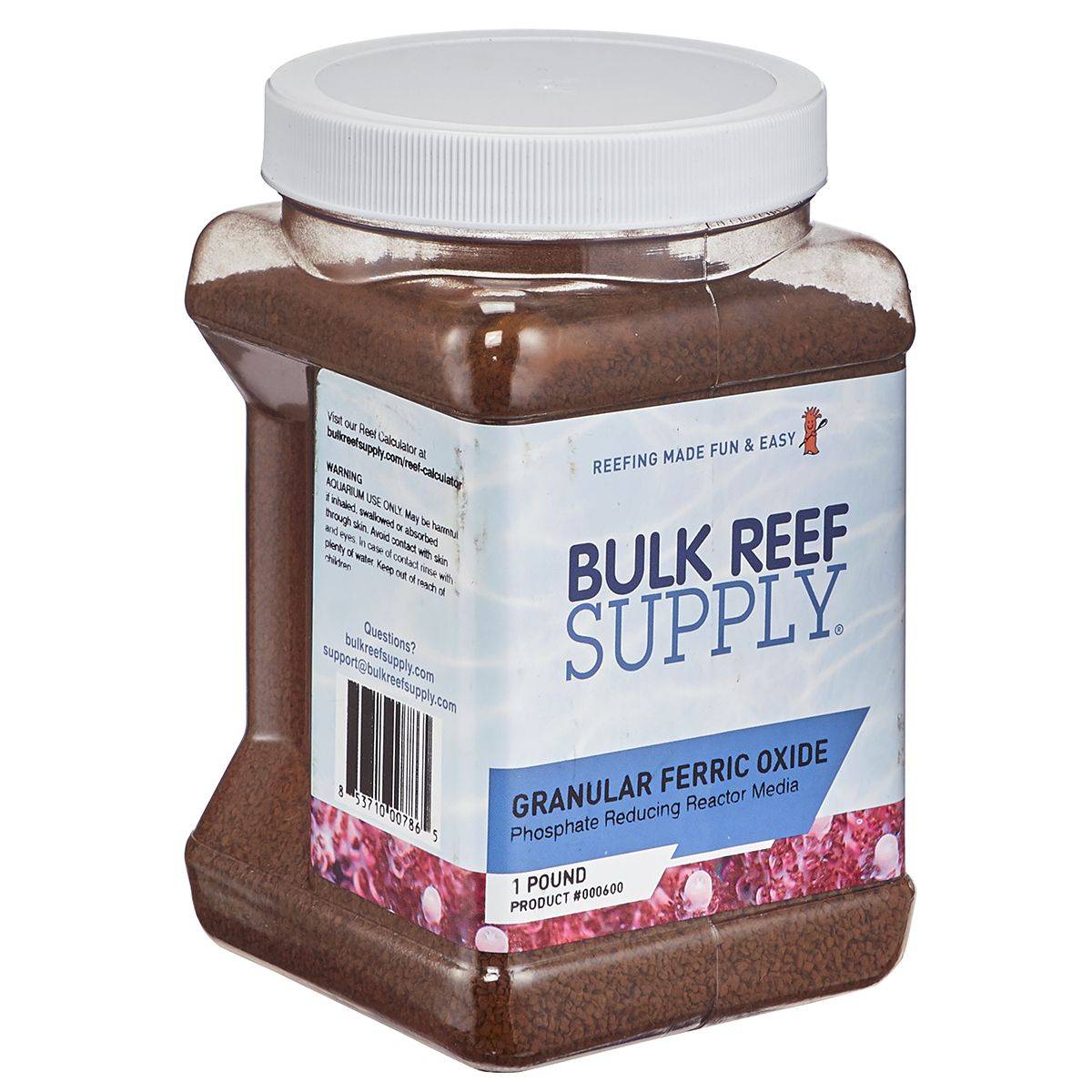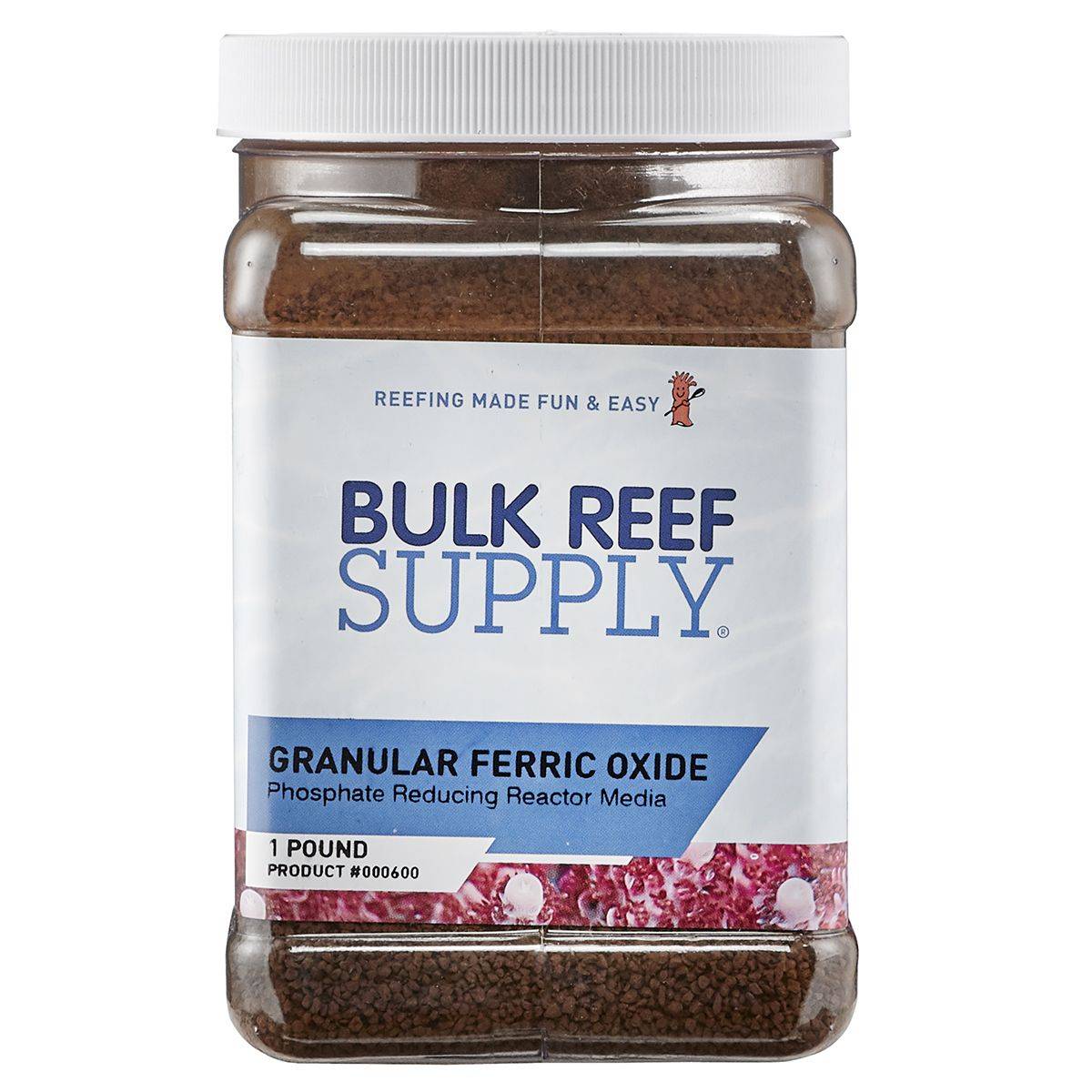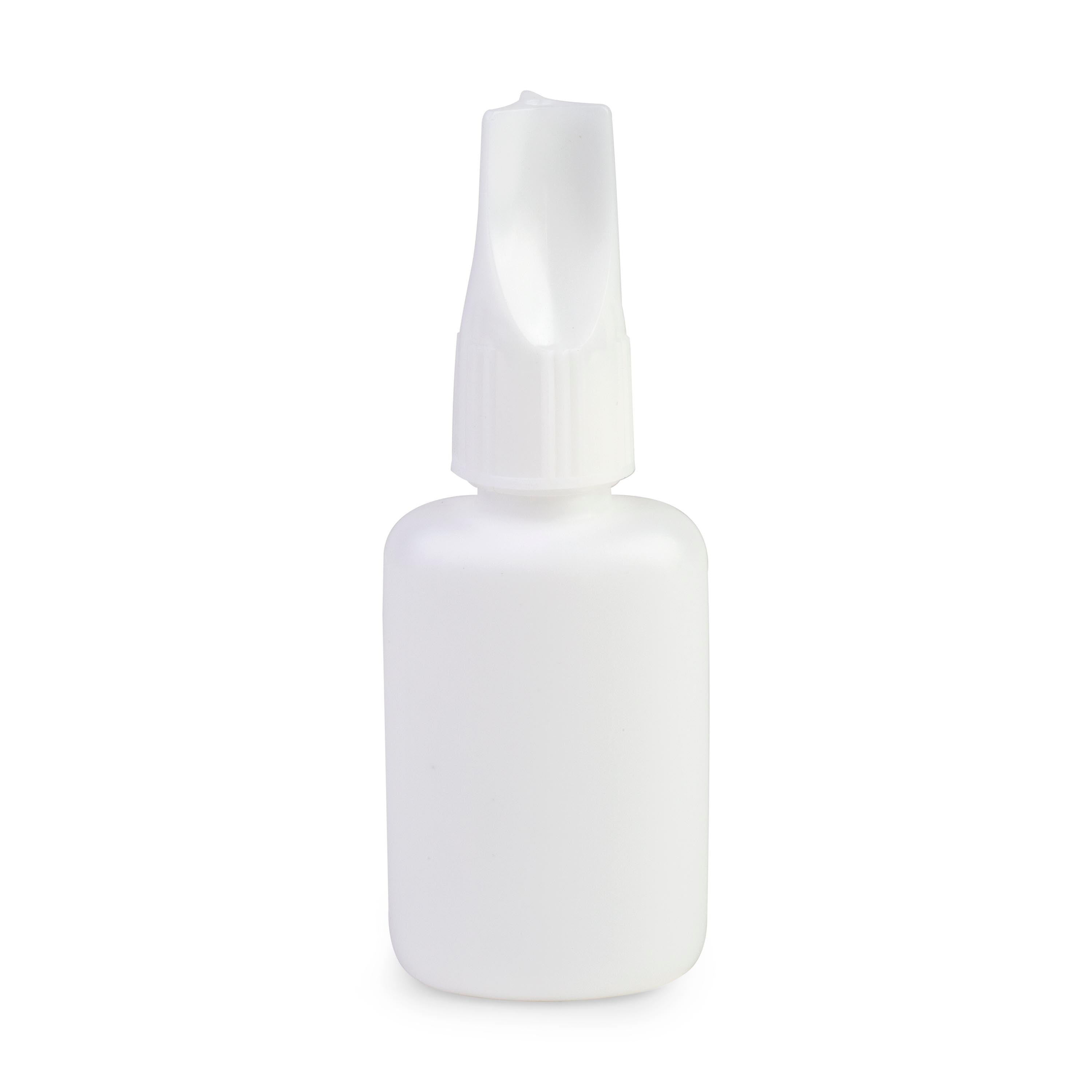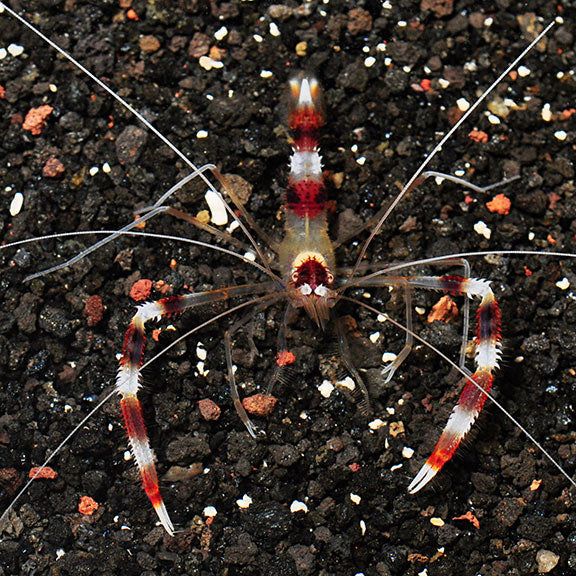
Coral Banded Shrimp (Stenopus hispidus)
Max Size: 3 inch
Diet: Carnivore
Temperament: Semi-Aggressive
Reef Compatible: Yes
Minimum Tank Size: 30 gallons
The Banded Coral Shrimp is a captivating sight for aquarists, thanks to its vibrant coloration and distinctive body shape. Adorned with striking red and white bands across its body, and boasting long pinchers and extra-long white antennae, this peaceful member of the Stenopodidae family adds a touch of interest to any marine aquarium. What truly impresses hobbyists is the Banded Coral Shrimp's active nature, as it scurries around the tank in search of food, bringing life and movement to the aquatic environment.
Interestingly, members of the Stenopodidae family are nicknamed "Boxing Shrimp" due to the large pinchers on their third set of legs. These pinchers are often held erect, giving the Banded Coral Shrimp the appearance of a boxer ready to take on any challenge. While the Banded Coral Shrimp can display aggression towards other Banded Coral Shrimp and smaller shrimp of different species, it is generally peaceful towards fish, corals, and other invertebrates in your aquarium. To avoid conflicts, it's best to house the Banded Coral Shrimp individually or as a true mated pair.
Originating from the oceans of Indonesia, Stenopus hispidus is one of the most widespread shrimp species in the sea. It has a peculiar habit of hanging upside-down in caves or crevices, with only its antennae protruding from the hiding spot. During molting, the Banded Coral Shrimp will often disappear from sight, seeking refuge among the rocks of the reef for 1-2 days. To accommodate its active movements and long antennae, ensure the aquarium provides ample space for the Banded Coral Shrimp without the risk of touching neighboring corals or anemones.
Relatively hardy and reaching a length of around 3 inches (6 inches with antennae), the male Banded Coral Shrimp is usually smaller. Breeding this shrimp is typically challenging, as the larvae tend to face difficulties due to filtration and skimming.
Just like other invertebrates, the Banded Coral Shrimp is sensitive to high nitrate and copper levels. Maintaining proper iodine levels in the aquarium is essential for supporting healthy molting. When introducing the Banded Coral Shrimp to the tank, a slow acclimation process is necessary to avoid salinity and pH shock.
In the wild, the Banded Coral Shrimp is a scavenger. In the home aquarium, it readily accepts various flaked and frozen foods, making it relatively easy to maintain in captivity.


